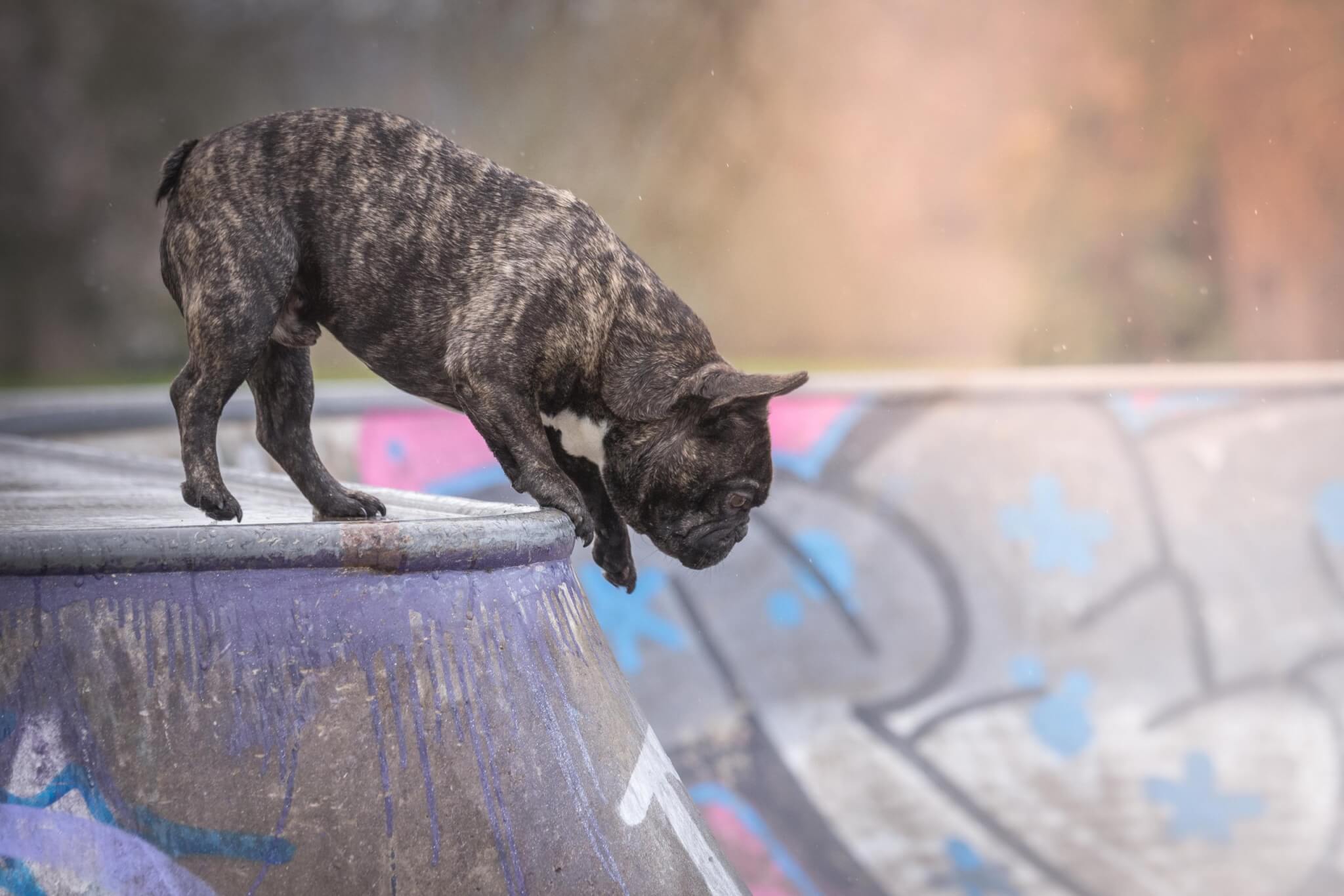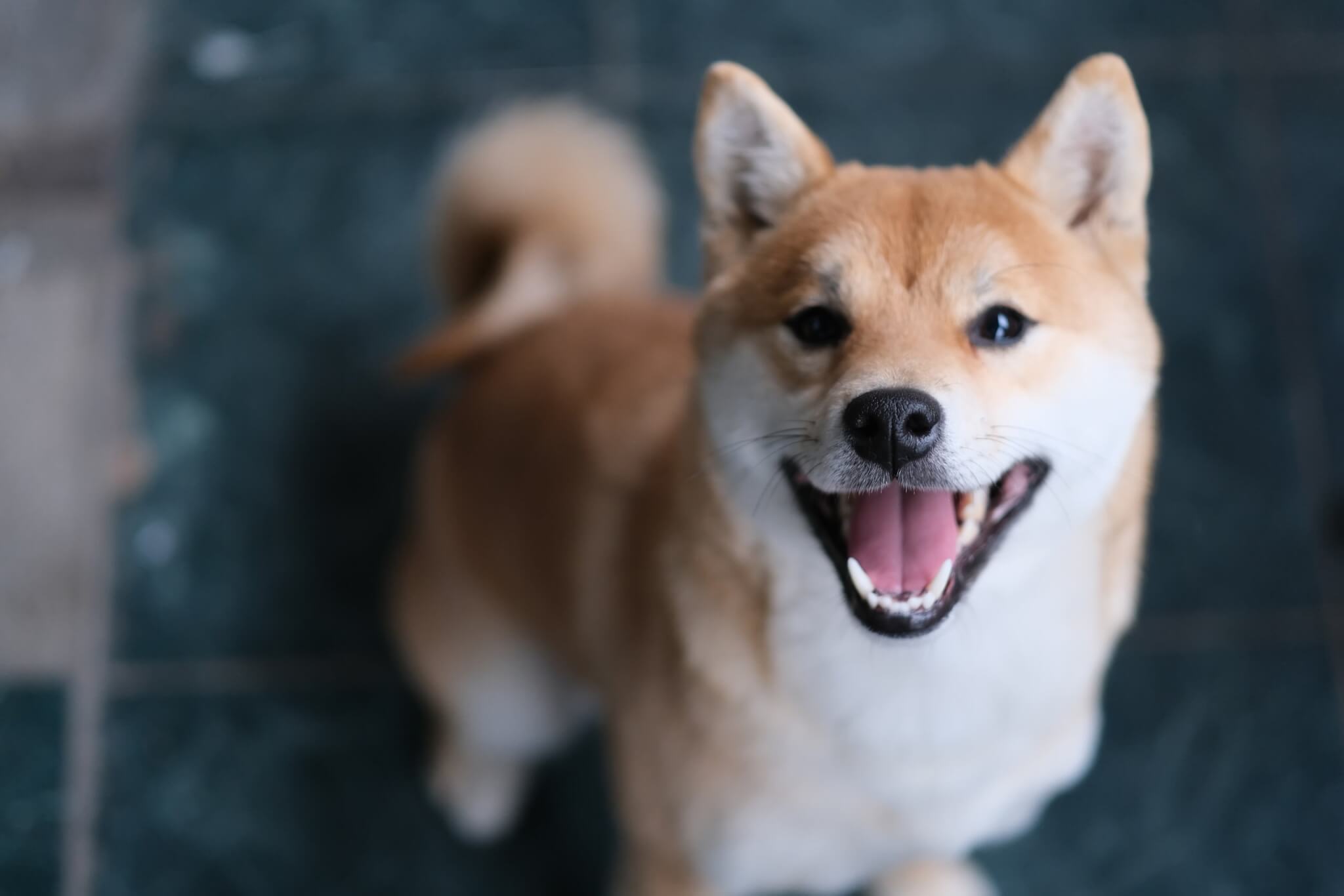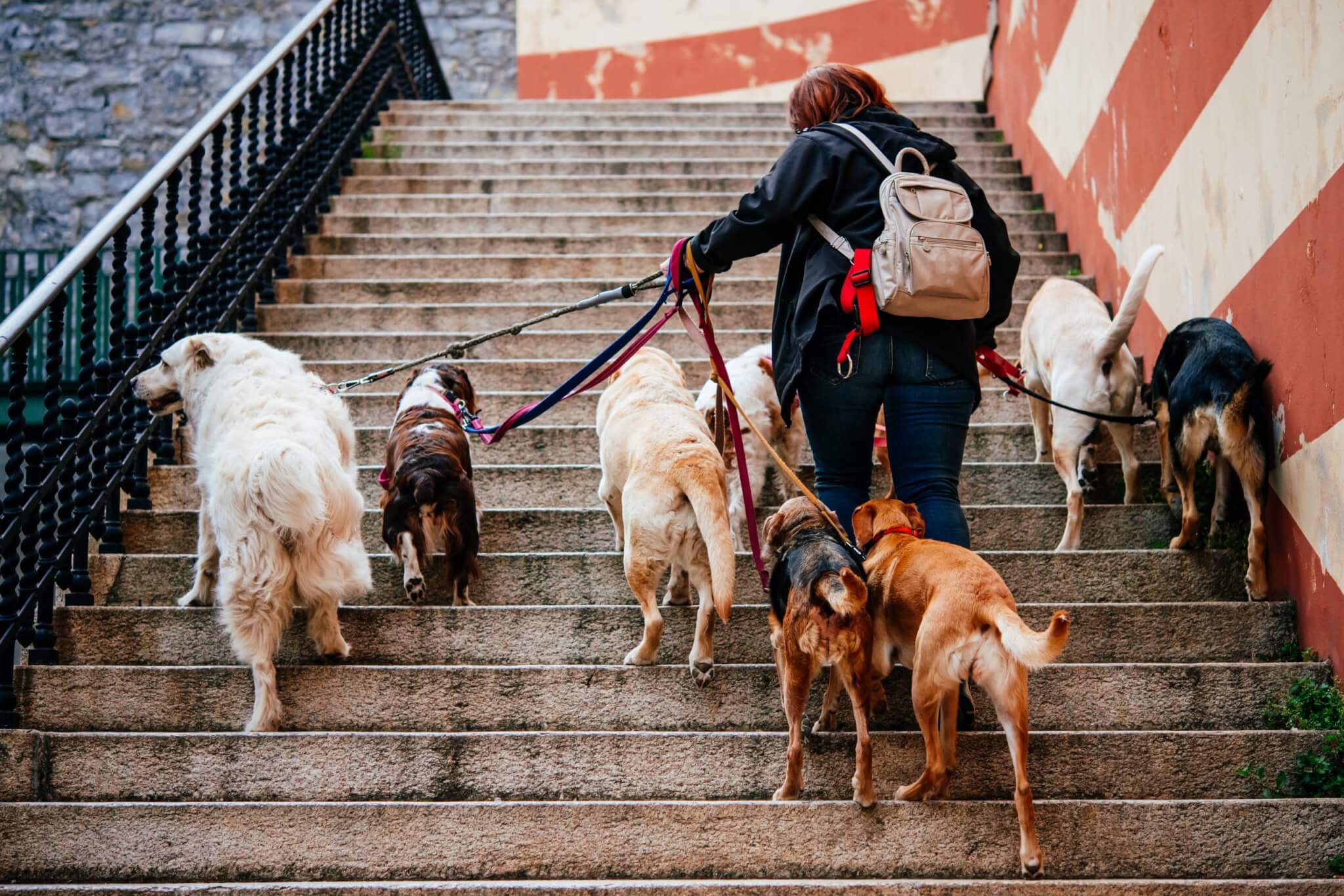Dogs rule virtually every city in the United States, from New York to Los Angeles. In 2021, there were around 600,000 dogs living in NYC and nearly 1.2 million pups living in the City of Angels!
But apartment living—which brings with it limited space, a symphony of urban noise, and paper-thin walls—isn’t a great fit for all canine companions (not to mention your noise-conscious neighbors).
We asked Lemonade’s favorite veterinarian, Dr. Stephanie Liff, for her professional opinion on the dog breeds that are most (and least) suitable for apartments. We’ll also give you some insider tips and tricks on how you can make your apartment as comfortable as possible for your four-legged best friend.
Keep in mind that each dog’s personality, temperament, and needs are unique, so the following recommendations should be taken with a grain of kibble. Let’s dig in, shall we?
Here’s what we’ll cover:
- What are the best dog breeds for apartments?
- Which dogs are not so great for apartment living?
- How can I make my apartment more dog-friendly?
What are the best dog breeds for apartments?
Great Dane
Ironically, the world’s tallest breed of dog is pretty low-maintenance, according to Dr. Liff. Great Danes are couch potatoes who don’t need hours of exercise a day to stay stimulated. (They may, however, require their own dedicated couch.)These enormous dogs don’t tend to be big barkers, so they won’t bother your neighbors with tons of noise.
Even though Great Danes have a temperament that’s well-suited to city apartments, they unfortunately are prone to hip dysplasia. This is a deformity in the ball and socket hip joint, common in big dogs, which can affect your pooch’s ability to tackle steep apartment stairs comfortably. So, your 6th floor walk-up in Chelsea might not be a good long-term home for one of these gentle giants.
(A quick Public Service Announcement: By applying for pet insurance early on after you adopt a pup, you’re more likely to get coverage for a range of hereditary conditions, like hip dysplasia.)
Bulldogs
Who doesn’t love a bulldog? French Bulldog, or English, these squashed-faced pups rule. These dogs are often lazy, quiet, and super friendly to strangers, making them a great urban companion dog. Just ask John Mulaney about his Frenchie.
But Dr. Liff warns that these jowl-faced angels don’t fare so well in hot climates. Places like NYC, Los Angeles, Atlanta, Miami, or St. Louis have brutal summers, and might not be a great home for bulldogs. A bulldog is more likely to thrive in a city with more mild summer weather, like San Francisco, Portland, or Seattle.

Small dogs in general
“Small dog breeds that are able to use the bathroom inside can be excellent city dogs,” says Dr. Liff. It might not sound that glamorous, but with apartment pets, puppy pads or indoor dog toilets are often a way of life.
Some small breeds you might want to consider are Bichon Frises, Havanese, Chihuahuas, Pugs, Pomeranians, Shih Tzus, Brussels Griffons, Corgis, Maltese, Boston Terriers, Cavalier King Charles Spaniels, and Yorkshire Terriers.
However, there are some caveats when it comes to these pint-sized lap dogs. Dr. Liff says these breeds can be high energy, big barkers, and unfriendly to strangers, which can make for some awkward interactions in the hallway or mailroom. Every dog is different, of course, and the right training regimen can help correct unwanted behaviors.
Shiba Inu
Compact, quiet, cat-like, and fastidiously clean, this little Doge can make a great apartment companion. Weighing in at around 25-pounds, they have enough heft to hold their own at the dog park without cramping your style back home.
Keep in mind that these dogs aren’t big cuddlers—they’re stereotypically independent, if not aloof, though every canine’s personality is different. But if you’re looking for a lap dog, the Shiba might not fit that bill.

Which dogs are not so great for apartment living?
Working dogs
Certain dogs have a job to do, whether it’s mushing, sniffing, guarding, hunting, diving, or rescuing. These dogs require lots of stimulation and exercise, which is hard to come by in your one-bedroom Bed-Stuy apartment. If these dogs don’t get enough enrichment throughout the day, they’ll make their own fun by destroying your couch, ottoman, shoes, and pillows.
Working dog breeds include Huskies, Great Pyrenees, Bearded Collies, St. Bernards, Portuguese Water Dogs, and Akitas.
Check out the American Kennel Club to get the full list.
Scent hounds
Hounds were bred for hunting, which explains their killer sense of smell and unparalleled stamina.
Scent hounds often have loud, howling barks—great for calling out to a hunting party, less good in the close confines of an apartment building. They also have a taste for adventure, and might get depressed if they’re under-stimulated and cooped-up all day in a small space.
This category includes Beagles, Bloodhounds, and Dachshunds.
Note that certain other breeds are what’s known as sight hounds, and these pups—which include Whippets, Besenjis, and Greyhounds—may be perfectly suited to apartment living.

Herding dogs
Like working dogs and hounds, herding dogs were bred to be busy—by keeping sheep in line!
These dogs are highly intelligent and athletic, need lots of exercise, and usually are better off in a home with a yard and lots of space to play. Dr. Liff notes that these dogs aren’t always the friendliest towards people and tend to be happier in a working environment.
These breeds include Australian Shepherds, Collies, Border Collie, Old English Sheepdogs, and German Shepherds.
How can I make my apartment more dog-friendly?
So you’ve picked the best breed for your living sitch. Now it’s time to tweak and outfit your apartment for maximum canine happiness.
Dr. Liff offers pet parents 3 tips to keep your pup satisfied with their city digs.
1. Offer intellectual stimulation
Just like how Sudoku can help you pass the time on a long bus ride, the right puzzle can keep your dog’s brain busy while they’re hanging out at home for long periods of time. Kongs, puzzle toys, squeaky hide & seek toys, feeding mats, and even electronic games can help keep your dog’s brain working and their intuition sharp, and help keep separation anxiety at bay.
2. Create a rest area
Sometimes a pup just needs a break. Create a quiet, designated puppy area with a bed or crate that your dog can access anytime they need a breather. This helps them decompress from the sights, smells, and stresses of city life.
Having a rest area will help teach your pup to self-soothe in stressful situations, and can help keep your dog generally more balanced and calm.
If you have kids at home, tell them not to pet or disturb their pup when they are lounging in their rest area. (“That’s Sir Barks-A-Lot’s special place!”) This helps establish boundaries, as well as keeping things safe for everyone (i.e. avoiding any unfortunate biting incidents).
3. Walk!
No matter the breed of dog you have, they need some amount of daily outdoor exercise. In addition to doing their business, but it’s your dog’s opportunity to take in their environment, get their steps in, enjoy some playtime, and maybe even sniff some friendly butts.
Your dog should have at least 2 to 3 daily walks, with or without a visit to the dog park. If you can’t manage to do all those outings yourself, hire a dog walker (maybe through an online service like Rover or Wag) who can pop by to give your canine their afternoon constitutional. If you think that could get expensive, we don’t disagree—after all, no one ever said taking proper care of a dog would be cheap…

Before we go…
When it comes to finding the right dog for your lifestyle, it’s a marathon, not a sprint. Before you bring home a pup permanently, no matter their breed, you might want to consider fostering a shelter pup for a few weeks or a month, so you can see if they enjoy apartment life.
Even if a breed of dog isn’t historically known to thrive in urban environments doesn’t mean they can’t! Cities around the country are home to a wide variety of breeds. You might meet a German Shepherd or Husky mix that is all too happy to veg out in your cozy city digs.
Before you do anything, be sure to check out the pet policy on your rental agreement. The last thing you would want is to lose your security deposit because you failed to read the fine print. By the by, dog-related mishaps like dog bites are usually covered with renters insurance.
Also, we’re not here to take sides, but sometimes the best dog for an apartment is, in fact, a cat.





